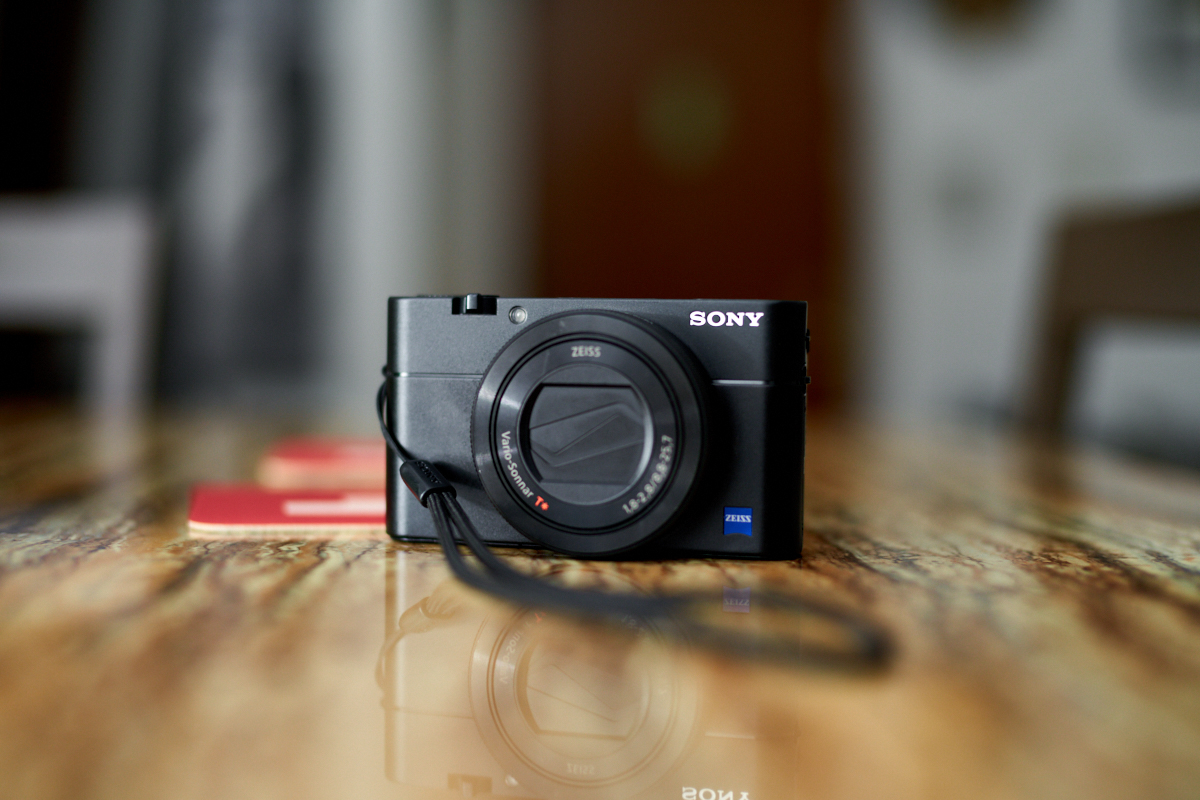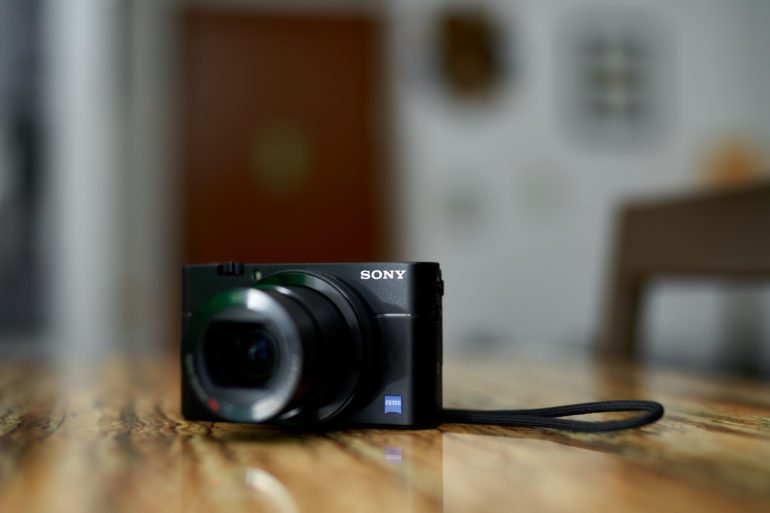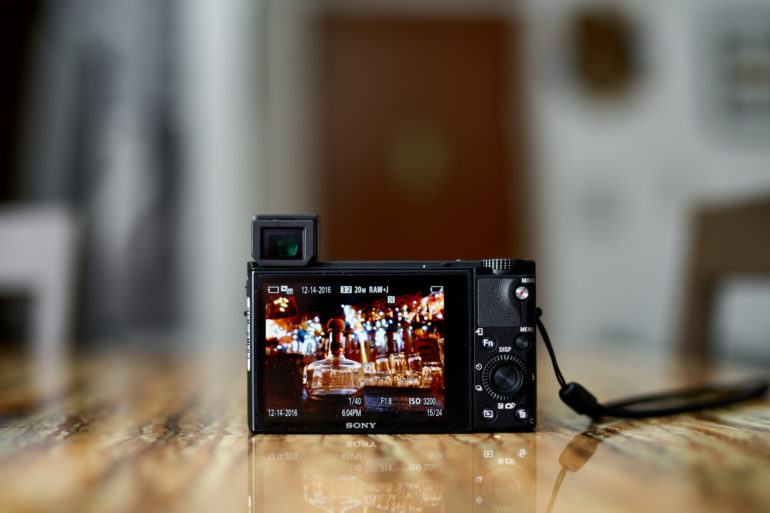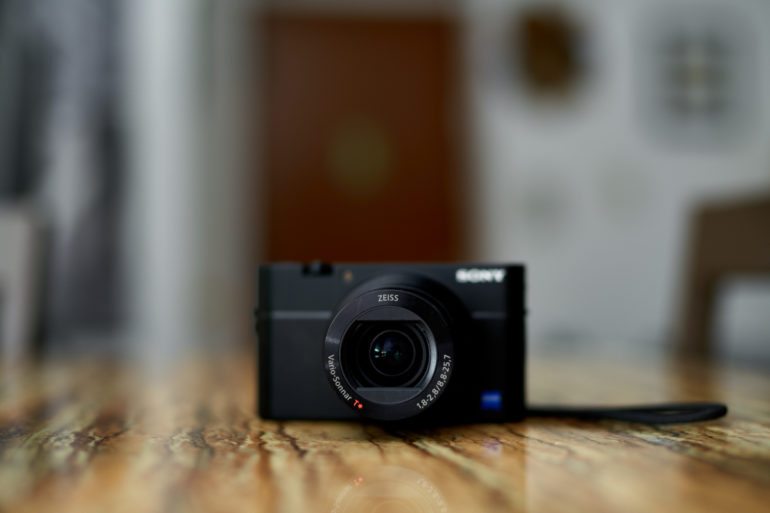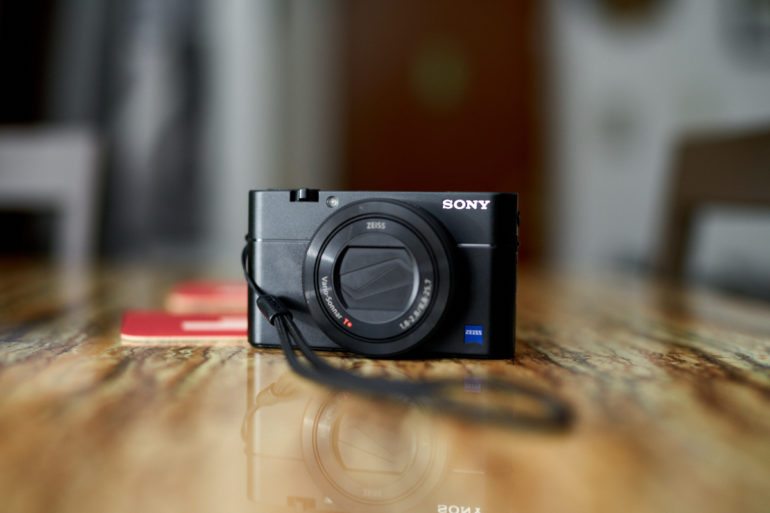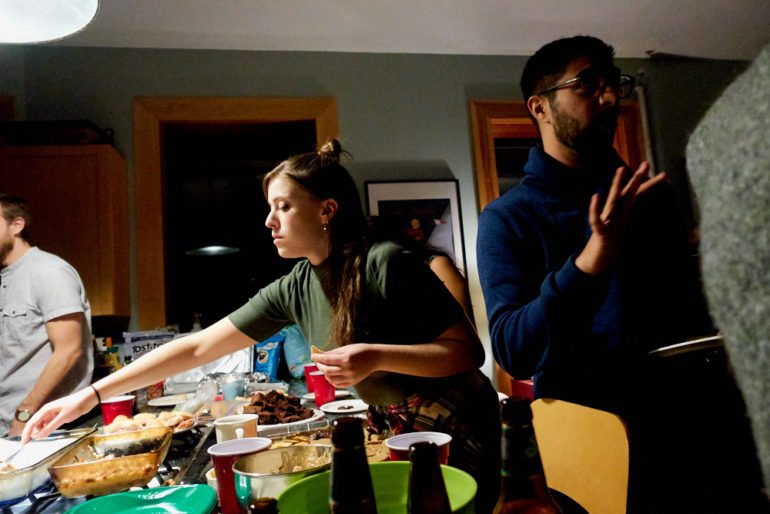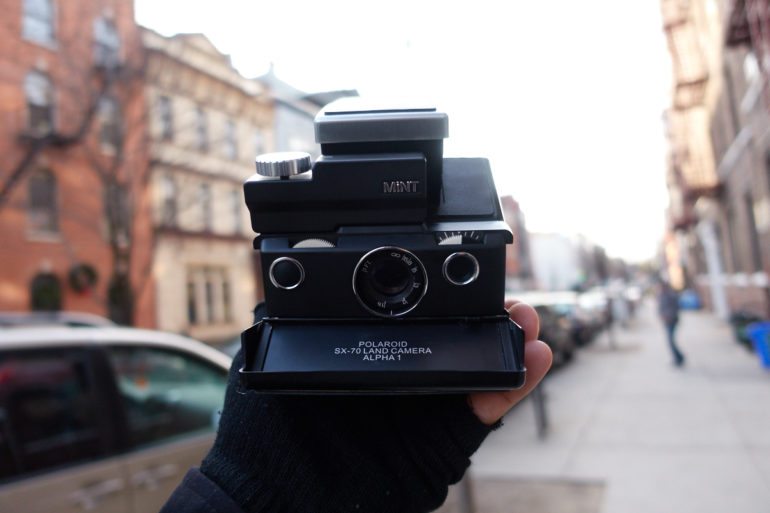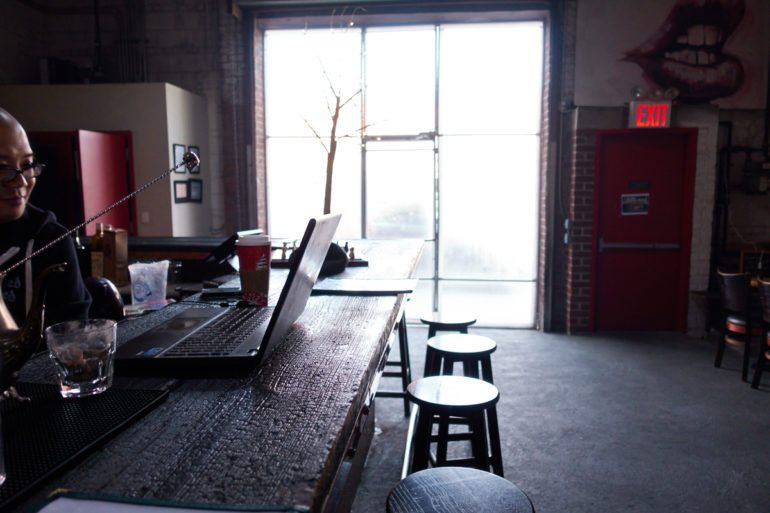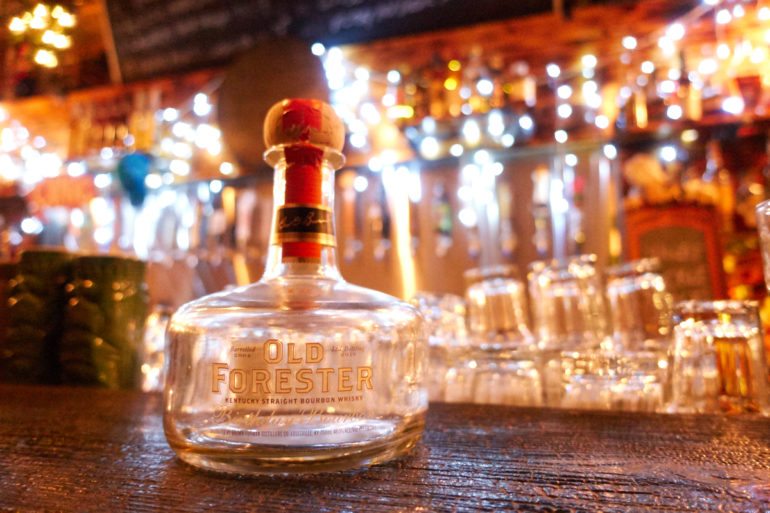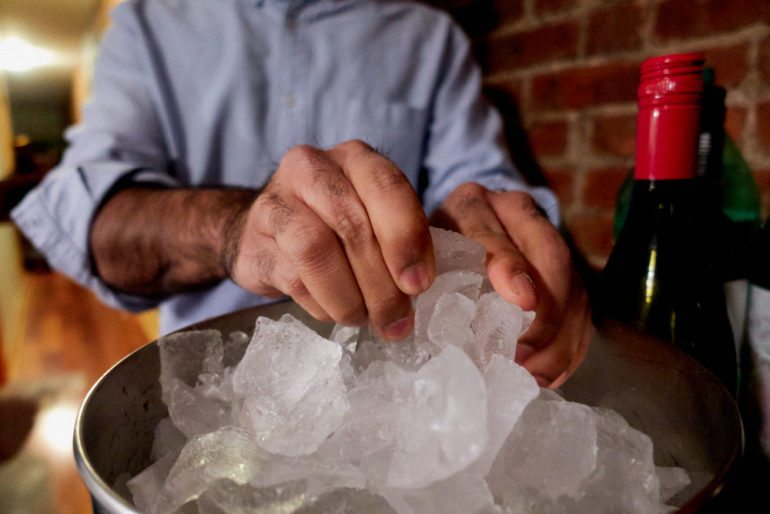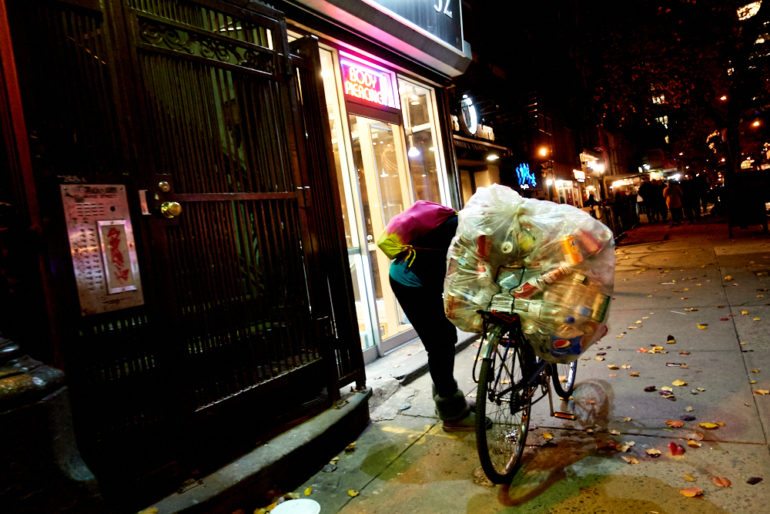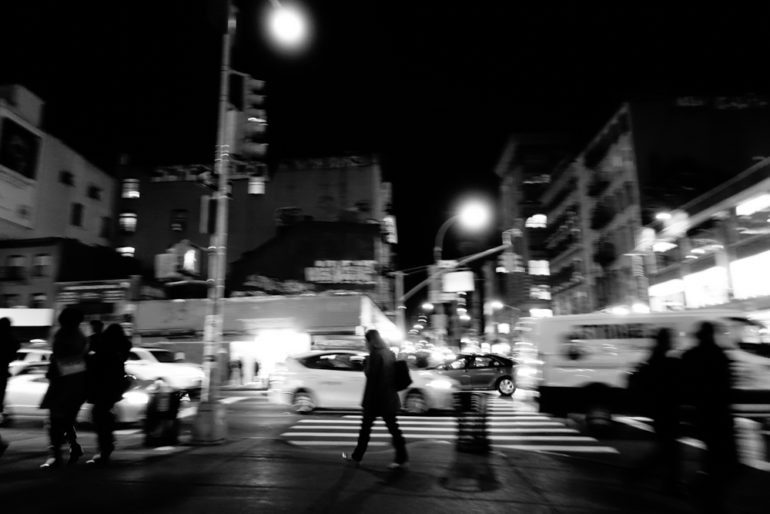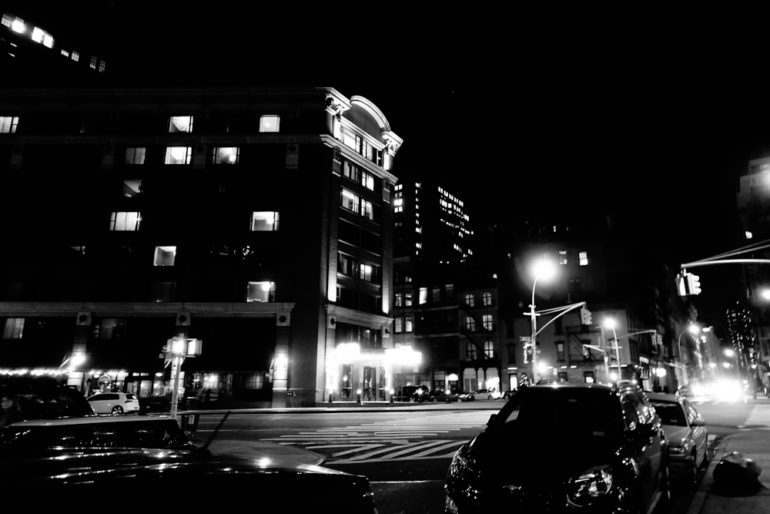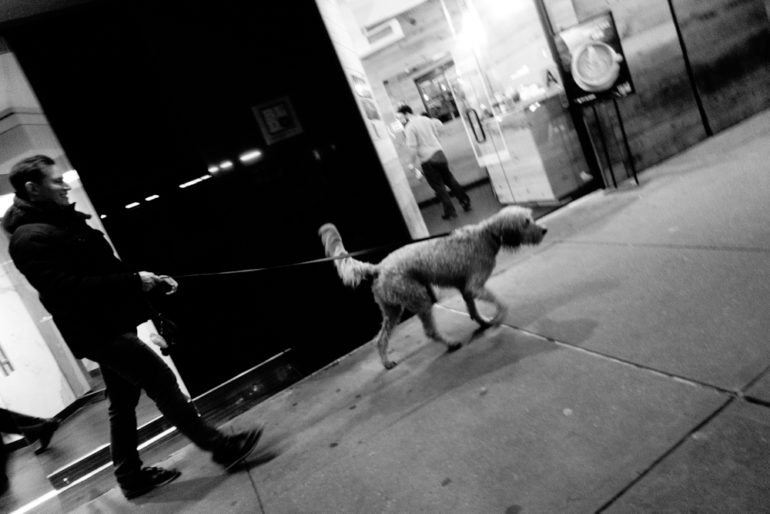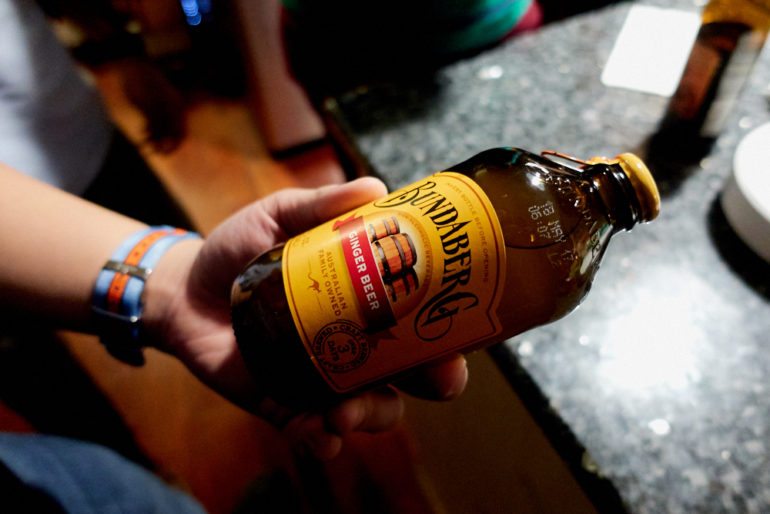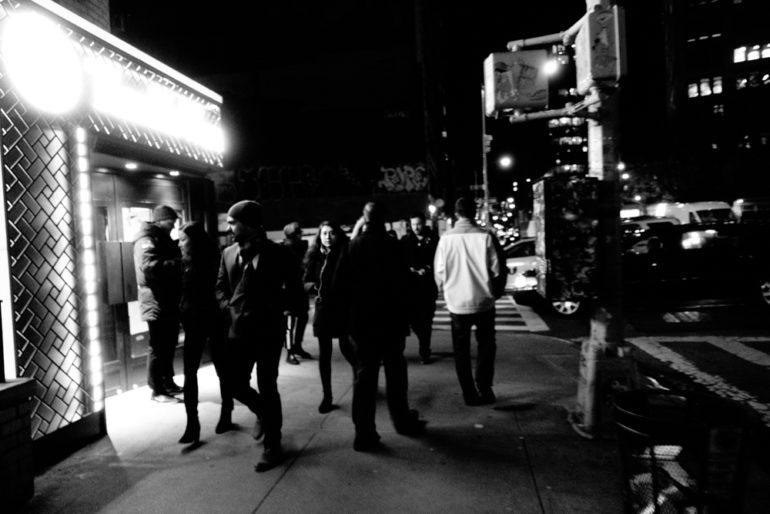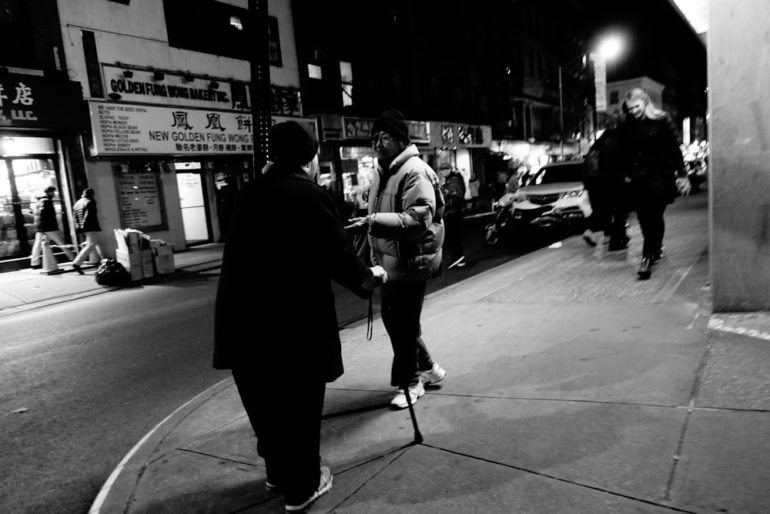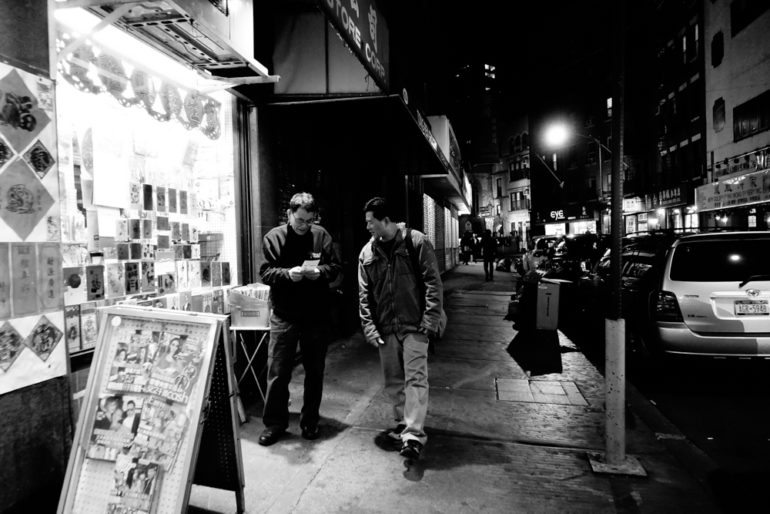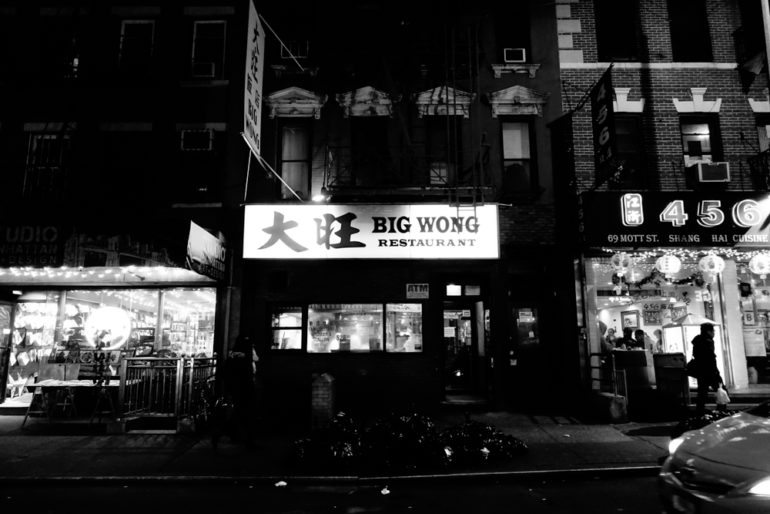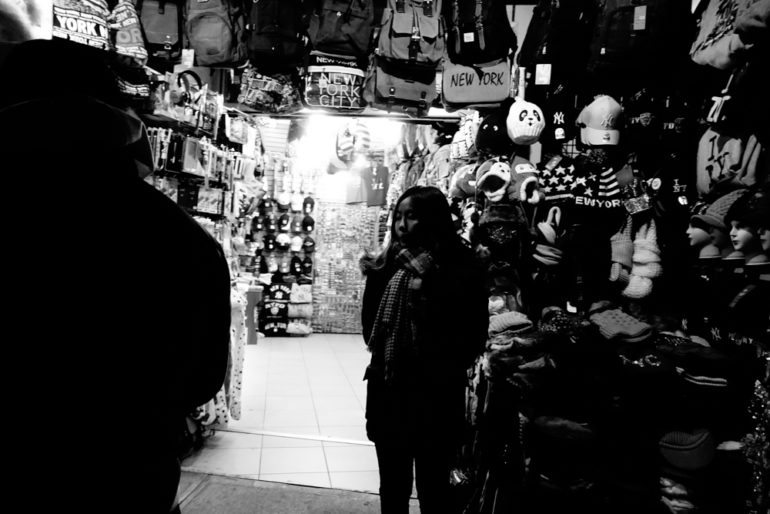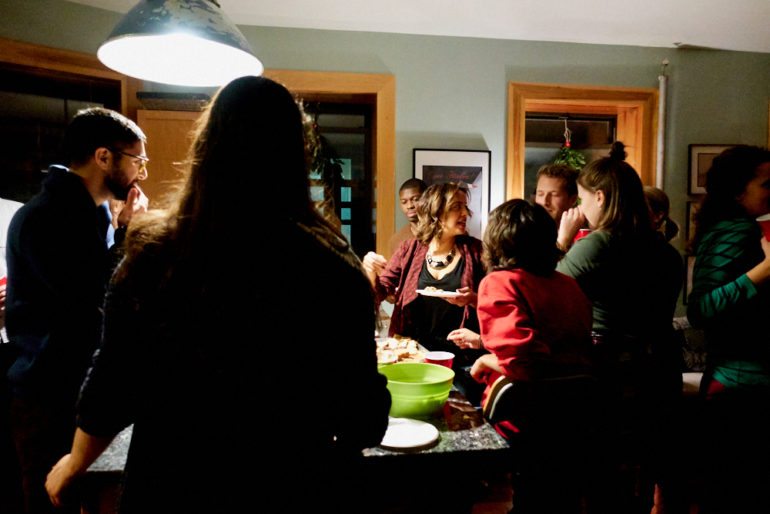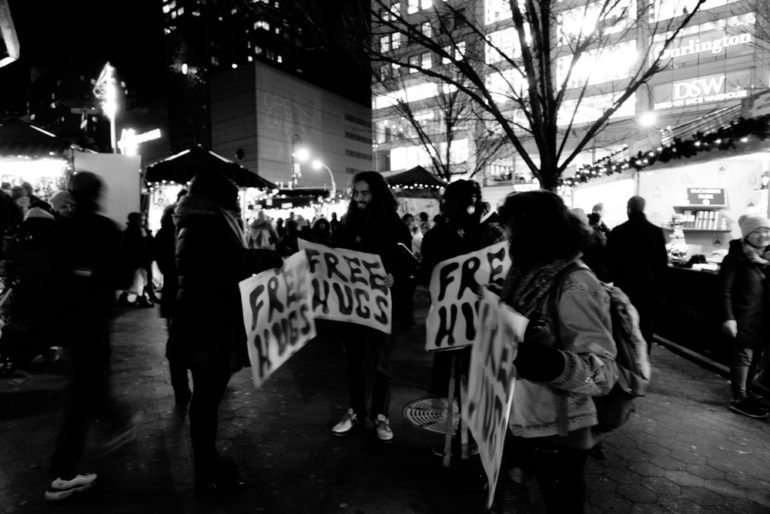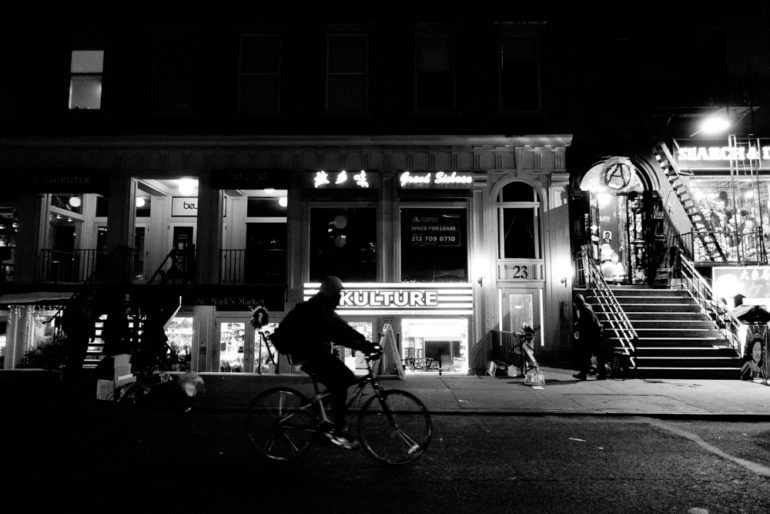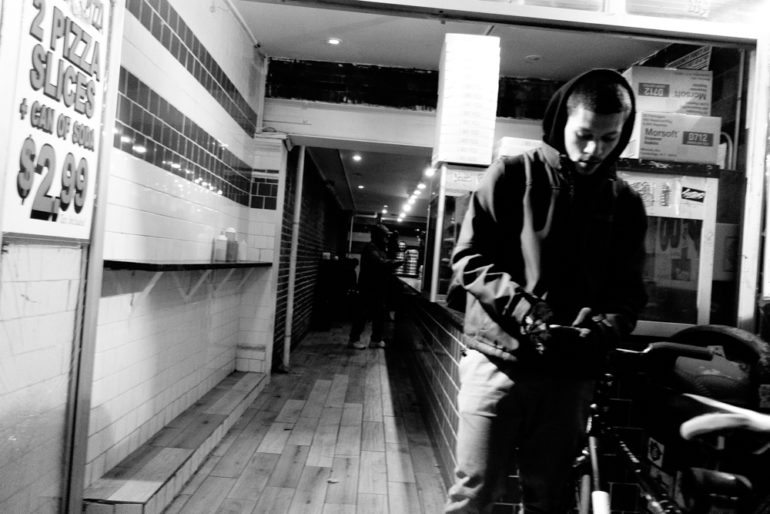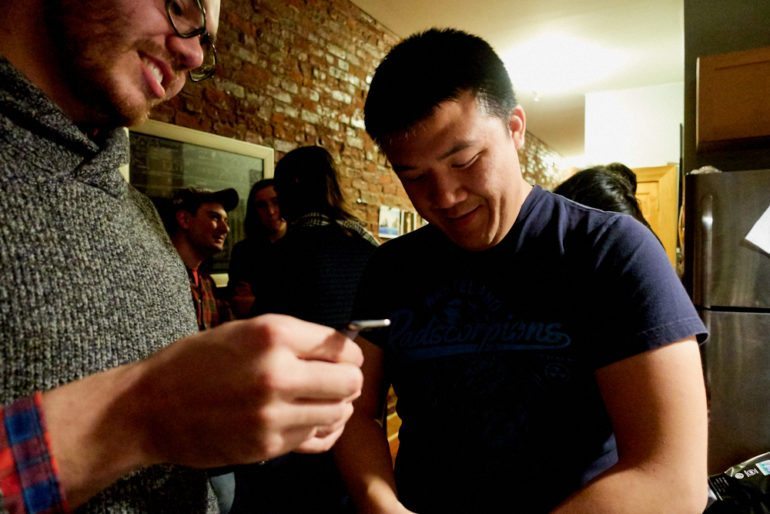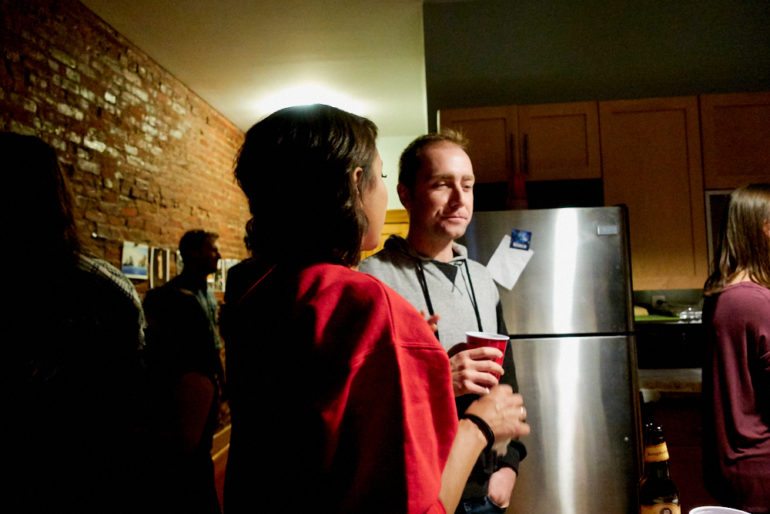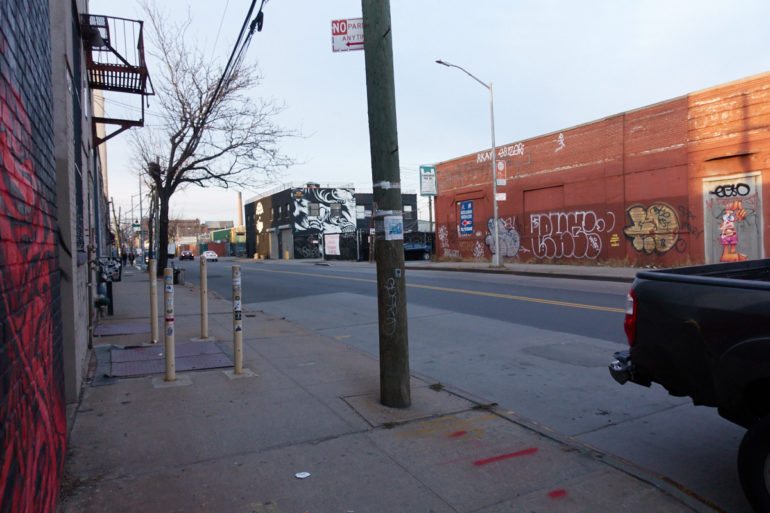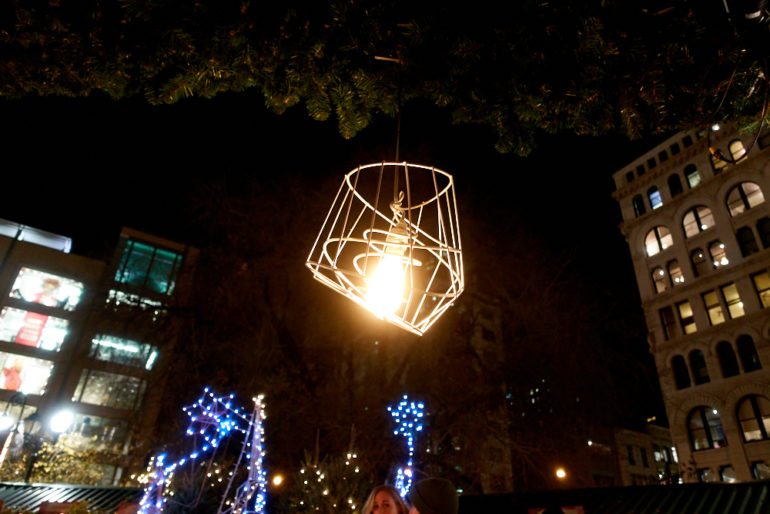Last Updated on 12/27/2016 by Chris Gampat
For a really long time, I’ve never truly been a fan of the Sony RX100 series of cameras, but then earlier this year Sony launched their Sony RX100 V–and somehow or another things changed. The company has been making steady improvements to the camera over the years with a better aperture value through the zoom range, the addition of an EVF, improved battery life, improved autofocus, better video, and better image quality. At the same time, I’ve become more and more enamored with point and shoots. The good ones with a fixed lens, a fast aperture, fast autofocus, small size, and solid image quality just make it all that much more worth investing into one.
In my personal collection, my Hexar AF has taken the place of SLRs and others just because it’s so small, lightweight, quiet, and has fantastic image quality. Digital point and shoots have been there for a while now, but nothing has impressed quite like what the Sony RX100 V has been capable of in terms of image quality from a 1 inch sensor.
To be honest, it’s a camera that street photographers and hobbyists will seriously enjoy. Obviously its small size is a big factor, but so too is the image quality and everything else pretty much about this camera.
Pros and Cons
Pros
- fantastic image quality (some of the best I’ve seen from a point and shoot camera with a 1 inch sensor)
- fast autofocus
- slim, compact size
- nice EVF
Cons
- Just because the autofocus is fast doesn’t mean it’s always accurate
- I’d actually love a hot shoe
- Ring around the lens could use a clicking mechanism
Gear Used
We used the Sony RX100 V alone with nothing else.
Tech Specs
- 20.1MP 1″ Exmor RS BSI CMOS Sensor
- BIONZ X Image Processor & Front-End LSI
- Internal UHD 4K Video & S-Log2 Gamma
- Zeiss Vario-Sonnar T* f/1.8-2.8 Lens
- 24-70mm (35mm Equivalent)
- Fast Hybrid AF System with 315 Points
- HFR Mode for Full HD Video up to 960 fps
- 0.39″ 2.36m-Dot OLED Pop-Up EVF
- 3.0″ 1.23m-Dot 180° Tilting LCD
- ISO 12800 and 24 fps Continuous Shooting
Ergonomics
Taken from our first impressions post
The RX100 series is reknown for its compact size and nothing has changed here. It’s still the same pocketable little camera that packs a punch in the image quality department. Given its miniscule size, ergonomics do take a bit of getting used to. After being used to a larger DSLR and Mirrrorless camera, trying to use the RX100 V in a similar fashion came with a bit of a learning curve. However, once I wrapped my head around using this tiny camera, I eventually fell into a groove and was able to crank out shot after shot as I do with my regular camera.
The controls remain relatively the same as in the previous model of the camera. If you have larger hands, hitting the tiny buttons (or trying not to) can be somewhat of a challenge. It’s just one of those compromises you have to make with a camera this size. The sleekness of the body, while it gives the camera a beautiful finish aesthetically, is somewhat cause for concern when it comes to holding the camera without some sort of strap. It just feels like it will slip out the hand if you’re not holding on tight.
Despite those minor considerations, the camera is easy to use. Buttons are placed logically, the eye level EVF is easy to access and quite useful, and the 180° LCD great for selfies but also highly useful for both composing and reviewing your images.
Build Quality
The Sony RX100 V isn’t designed to take a whole lot of abuse, but none of Sony’s cameras are to be honest with you, and not a lot of premium compact cameras are either. But Sony’s RX100 V feels nice in the hand. Could it be better? Sure, the best thing to do sometimes is put a piece of gaffer’s tape where the grip is. You get better gripping power then. With the wrist strap wrapped around your wrist, you can easily keep this camera on you at all times.
During my use with the camera in NYC, I basically kept it in a coat pocket or had it in my hand. It feels like a serious companion camera.
My issues though have to do with the smooth ring around the lens. I find it too smooth and at times you may not even know that you’re turning it. Instead, I’d seriously apprecaite if it had clicks.
Real World Use
During my time with the Sony RX100 V, I used it at parties, on the streets, in bars, at protests, walking around both Austin and NYC, and just for fun. There’s a certain something to be said for cameras that are fun to use and capable of delivering images vs cameras that are uber serious in their design. A fun camera is one that you want to use, and that’s what this is. Street photographers and those that just like having a serious camera at parties will really appreciate much of what this camera has to offer. In fact, I genuinely hate doing selfies, but they’re fun with the Sony RX100 V.
It’s also just so small that even as a person with a creative mind, you’ll be able to find ways to really make it work for you. Whether it’s the high contrast black and white capabilities, the ridiculously good high ISO output, or the pretty darn good autofocus.
Autofocus
Yes, the autofocus is good; but ensuring accuracy is a problem at times. The autofocus from this camera is fast–and it’s only right to expect it to be with such a small sensor at the heart. When using the wide focusing area, the camera will catch onto honestly whatever it can. But sometimes it’s got a little bit of misfocusing. When you try to set the camera to another focusing mode, it just becomes tough to use.
My alternative eventually became focusing and recomposing. That worked well enough. To be fair, pretty much every point and shoot on the market has this issue. There isn’t a single powerful and uber serious point and shoot meant for genuine professional work though the closest thing would be the Leica Q. Why? I’m not exactly sure. They make a whole lot of sense for documentary shooters, wedding photographers, event photographers, etc.
Image Quality
As far as the image quality from this point and shoot goes, it’s pretty incredible. The RAW file versatility is decent enough, though if you’re a DSLR or mirrorless camera shooter don’t expect it to be able to keep up. Where I had a lot of fun was with the JPEG quality. Setting the camera to daylight white balance in the deep color profile or setting the black and white mode to high contrast and sharpness is where the camera and lens combination simply deliver images you’re going to be happy with.
Then there’s just how damned good the high ISO output is.
JPEG Quality
If you beam an image straight from the camera to your phone, you’re going to by default get a downsized photo. But you’ve have the option of sending the entire thing. Sony sends a 2MP version of the 20MP image that it possible from this sensor. For Instagram, 2MP is honestly more than enough. To that end, the JPEG quality is honestly pretty awesome. It isn’t Canon’s, Fujifilm’s or Olympus’s JPEGs, but they’re very good overall.
RAW File Versatility
See those highlights? See the details that are barely recoverable? Well, that’s honestly how this sensor works. You can get a lot of details from the shadows, but don’t expect more than around a stop and a half from the highlights. However, when working with various colors you’ll be able to get a bit more out of it. Granted, it’s not much, but it’s better than what you get from the dynamic range of this camera.
So how do you get around this? Just meter effectively and also remember that the Sony RX100 V has an ND filter built in.
High ISO Output
Here’s where I was absolutely astonished. At ISO 6400, you get a very clean and usable image. With a bit of work in Capture One 10, I’m able to make an 8×10 print of this photo. You also tend to not really lose details.
Bokeh
The best bokeh that you’re going to get from this lens is at f1.8 right up close and personal. At the longer end, you’ll also get bokeh but I generally just don’t feel that it’s as nice as what you see at the wider end. Call it a photojournalistic perspective if you will. I’m more partial to wide images with bokeh.
Color Rendition
Straight out of camera, you’ll get pretty darn fantastic color output. Of course, the sensor output doesn’t let you mess with it a whole lot but you’ll greatly appreciate what image quality you can get.
Chromatic Aberration
Are you going to get distortion? Yes. Are you going to get fringing? Well, not a whole lot. It’s a point and shoot with a small sensor. You’ll get over it.
Extra Image Samples
Before you all keep getting into this section, I’ve had people ask before why I would post an image that wasn’t totally in focus, there is blur, etc. And with that said I’d like to address something I started this site to say eight years ago: are you ready?
Well let’s be honest: a hell of a lot of you probably aren’t if you aren’t a regular reader.
Here’s the scoop: not every photo needs to be 100% sharp, 100% accurate, or an HDR in order to be a great image. Every camera is capable of doing all this, but not every camera will have a feature set that inspires you. In this case, I was able to use the Sony in order to do just that.
If this were a YouTube video I’d get downvoted just for speaking the truth. But that’s what it is: the truth.
Conclusions
Likes
- Small size
- Great image quality
- A camera you truly want to carry around with you everywhere
Dislikes
- Really wish the camera didn’t automatically turn off when you put the EVF away. Editor’s note: I missed this in the camera. It is indeed possible. Sorry folks!
The Sony RX100 V is a really excellent camera not only for the enthusiast, but also for the pro that wants something a bit more compact. You’ll get far better images than what your phone can deliver and you’ll realize just how useful it becomes for a variety of reasons. I tended to use it for quick shots and updates to our Instagram.
More importantly, it’s a camera designed for the digital shooter more so than the one who may want to make big prints from a vacation. And to be honest, that seems to be most of us these days.
The Sony RX100 V receives five out of five stars. Want one? It’ll run you $998 at Amazon.


